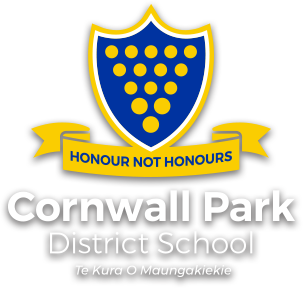Te Ao Māori Leader
Whaea Raupo is responsible for the day to day kaupapa Māori me te reo Māori schoolwide. We foster Māori culture through :
- Incorporating tikanga Māori ( the Māori way of doing things )
- teaching te reo Māori within the classrooms to all children
- Whakatau / Pōwhiri ( Welcome)
- Kapa Haka
- fostering relationships with local Iwi
- bringing Māori whānau together for whānau hui
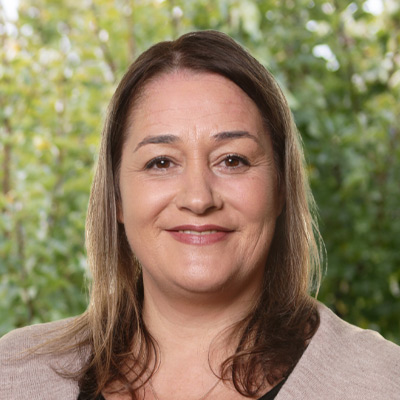
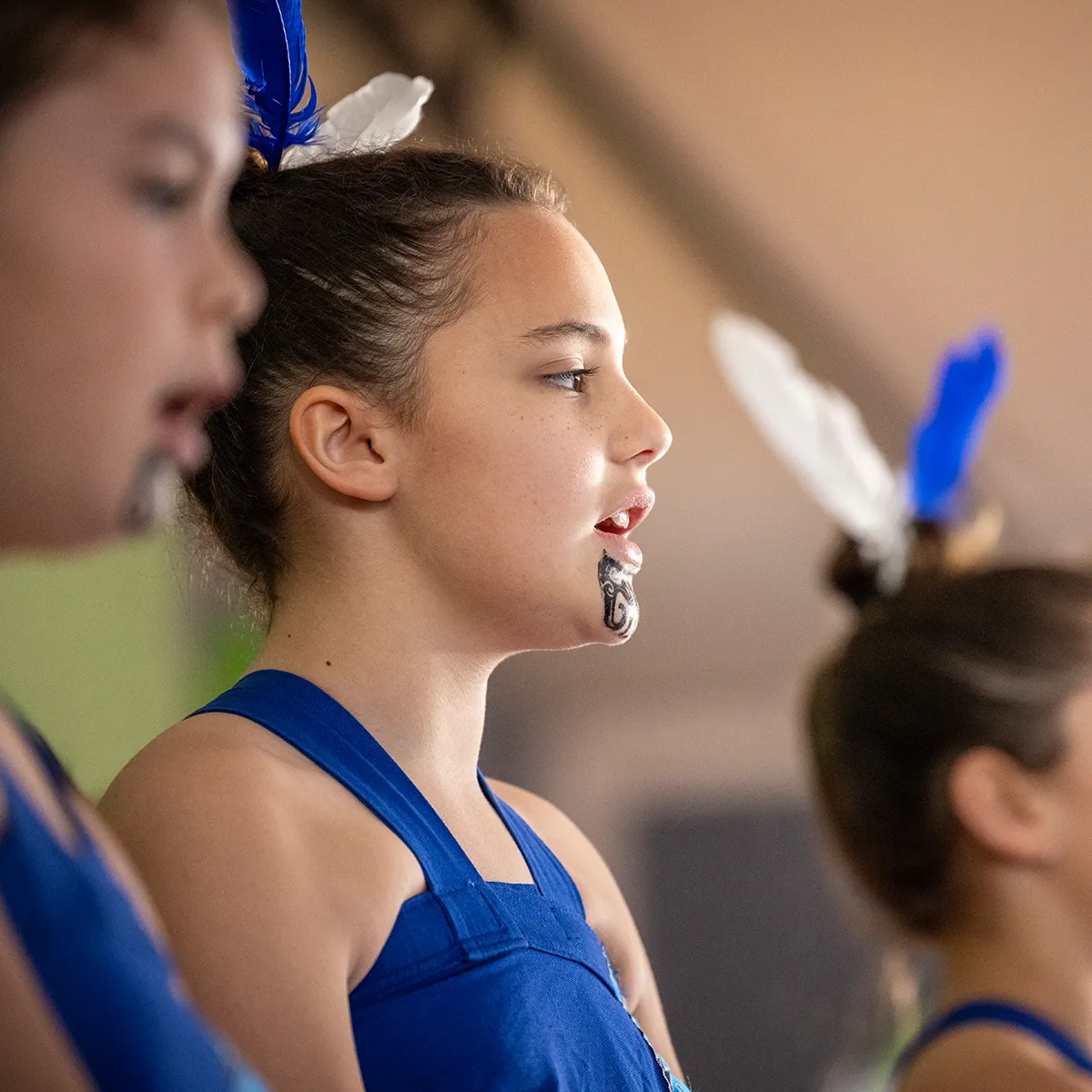
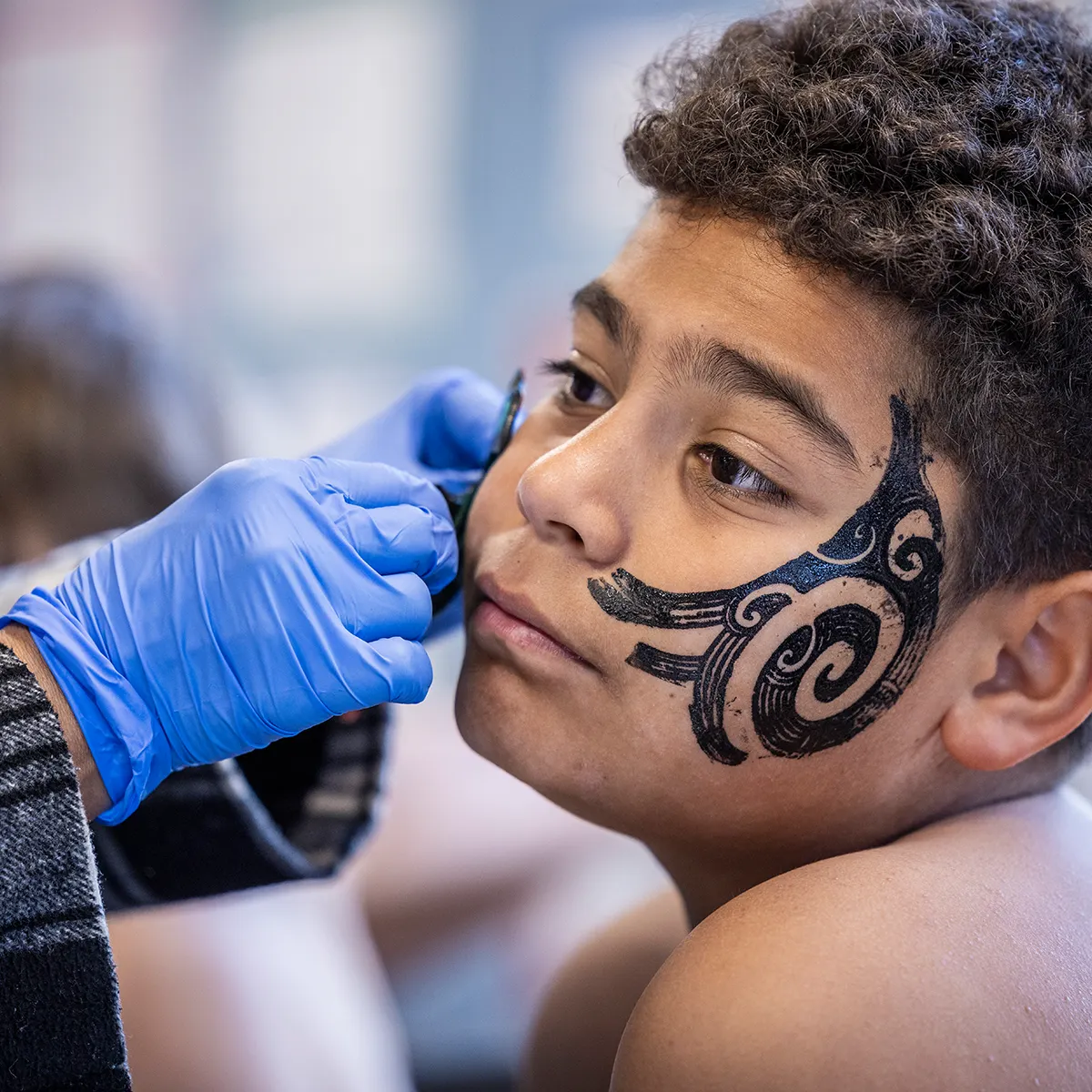
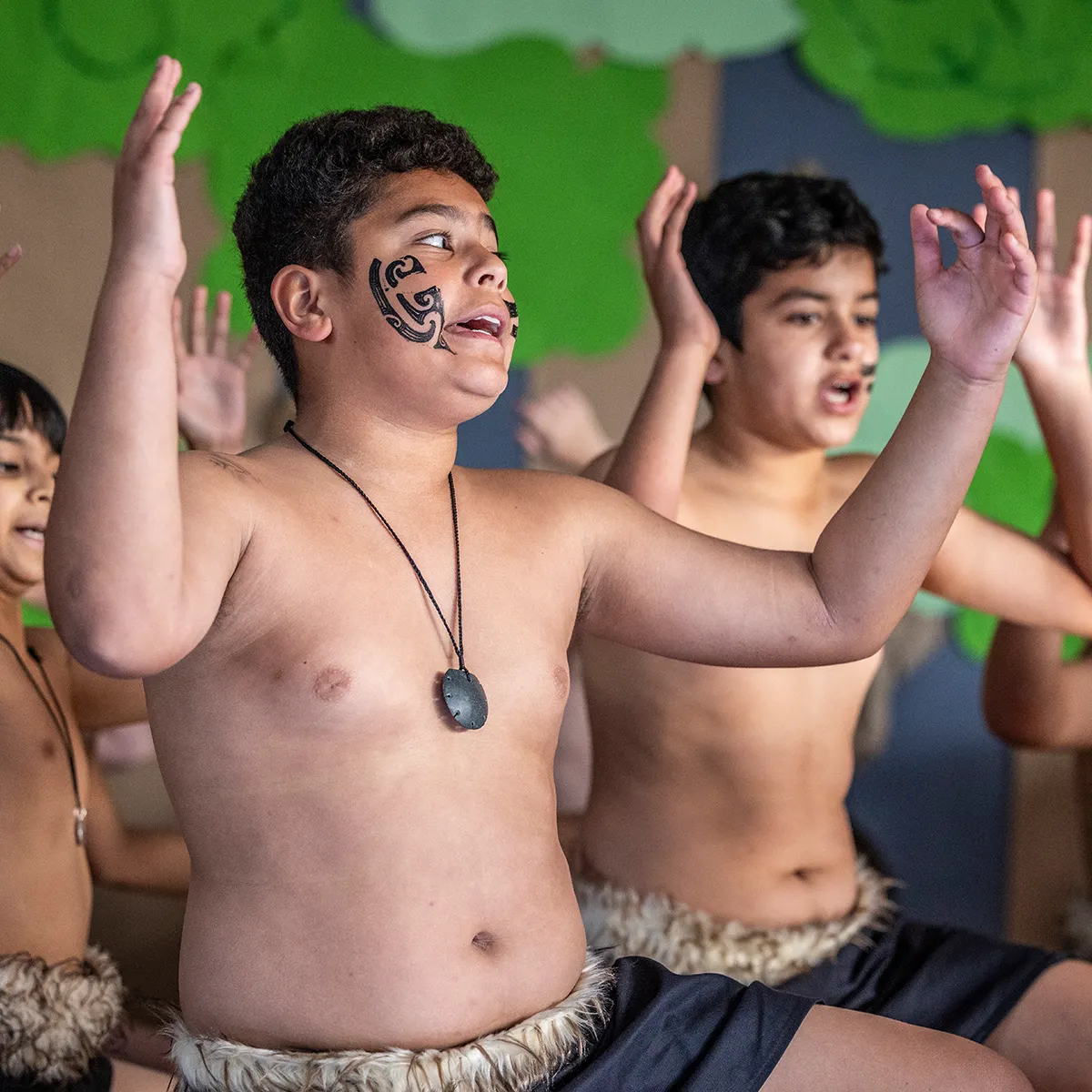
Every term, we welcome the arrival of our new tauira (students ) whānau and staff with a whakatau. A whakatau is a form of a welcome ceremony very much like a pōwhiri but less formal and perfect for schools as it is very flexible but still gives mana to our tangata whenua.
Waiata for the Whakatau
Tangata Whenua | Home people
Haka Pōwhiri: Toia Mai Haka Põwhiri – Toia mai Utaina, Ko te iwi Māori
Waiata tuatahi : Tutira Mai Nga Iwi
Waiata tuarua : Utaina Mai
Waiata tuatoru ( Mrs Irvine ) : Te Whānau o Maungakiekie
Manuhiri | People being welcomed
Waiata tuatahi : E Toru Nga Mea
Waiata tuarua : Te Aroha
Protocol for Whakatau
The tangata whenua are the local people of this land (including our current students and staff of our school). Our Principal, staff and students will officially welcome our manuhiri (new whānau or families and new staff) onto the school grounds.
Our manuhiri will assemble as a group outside the court area where they will be briefed by our staff.
As the manuhiri move towards the tangata whenua, the women and children are at the front and men at the back. This is an act of protection and coming in peace. Men will sit in the front rows of seats, with the Kai kōrero (designated speaker/s – only men). The women and children sit in the seats behind the men. The tangata whenua speak first and as with every speech in the pōwhiri process, it is followed by a waiata tautoko (supporting song).
A whai kōrero (speech) either welcomes or tells of the purpose of the visit and pōwhiri. Each speaker will connect to the local land by referring to the local iwi. They often will include their own pepeha (connections and family links) as part of their whai korero.
The waiata tautoko is often a song that links to the local iwi or a whakatauki (proverb or significant saying) that pertains to the school or visit. It may also link to a key message in the whai kōrero.
A male (whānau member or current member of staff with links to the guests) will reply on behalf of the manuhiri also with a waiata to support their speech.
The last speaker will be our Principal Janine Irvine to finish off the speech proceedings accompanied by another waiata.
All of our new whānau will then move over to partake in the hongi and harirū process (the pressing of noses and shaking of hands).
Once this is complete our Principal will speak again this time in English addressing the tamariki and translating some of the key messages in the pōwhiri.
Our new whānau are invited to have kai (food) to complete the pōwhiri process. The process of sharing in kai moves the Pōwhiri from a state of tapu (restricted and sacred) to noa (removed from restriction and neutral). Our manuhiri are now considered tangata whenua (local people).
After our kai our new students will move off to their new classrooms.
Our Kapa Haka rōpū meet every Thursday from 12:40 pm – 1:00 (Ngā Pihi- juniors). Friday from 12:40-1:00 pm (Totara I Ahua- seniors) in our whare ako (Rm 30)
E Rere Taku Poi
He Hōnore
He Waiata Matariki
Ka Pioioi e
Purea Nei – Actions
Te Iwi E
Te Whānau o Maungakiekie
Tihei Mauri Ora
Toia mai te waka nei
Tutira Mai Nga Iwi
Utaina Mai
Whakataka Te Hau
Haka o te Maungakeikei
‘Tapuwae o Nuku, Tapuwae Ariki, Tapuwae o Tai’
‘We of the sacred footprints in the earth, footprints of the high born, footprints in the foreshores’
| Ko Kohukohunui te maunga | Kohukohunui is my mountain |
| Ko Tainui te waka | Tainui is my canoe |
| Ko Wairoa te awa | Wairoa is my river |
| Ko Tīkapa ko te manukanuka ngā moana | Tikapa and Manukanuka are my sea |
| Ko Ngāi Tai ki Tāmaki te iwi | Ngāi Tai ki Tāmaki are my people |
| Ko Ngāti Tamaoho te hāpu | Ngāti Tamaoho is my tribe |
| Ko Whātāpaka ko Umupuia ngā marae | Whātāpaka and Umupuia are my marae |
| Ko Raupo Fleet tāku ingoa | My name is Raupo Fleet |
At Cornwall Park District School we have a Kaiako (Teacher) that teaches Te Reo Māori (Māori language) and Tikanga Māori (Māori customs and traditions) weekly. Classes come down to the Whare Ako ( Room 30 ) to be taught. Whaea Raupo has been a teacher at CPDS for the past 3 years. She is now taking on the role of Te Reo Māori teacher as of 2022
Te Reo Māori at Home
Tāmaki Makaurau: How the suburbs and maunga carry city’s history in their names
